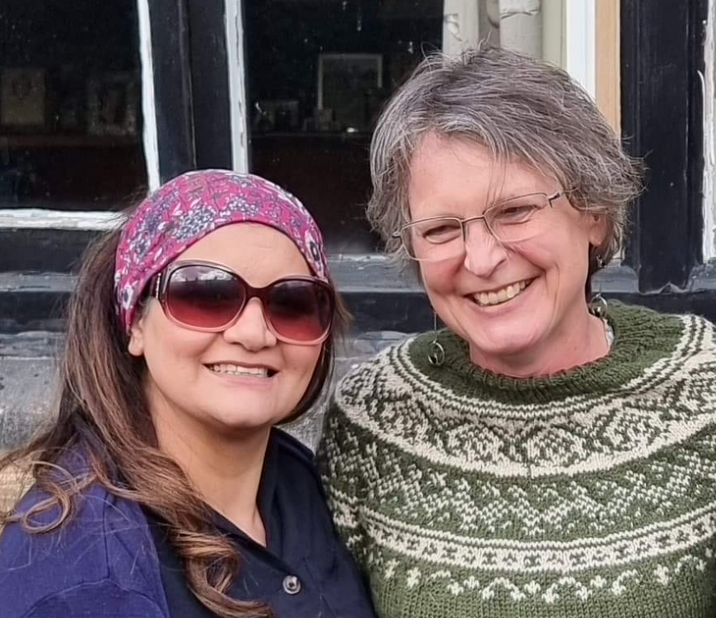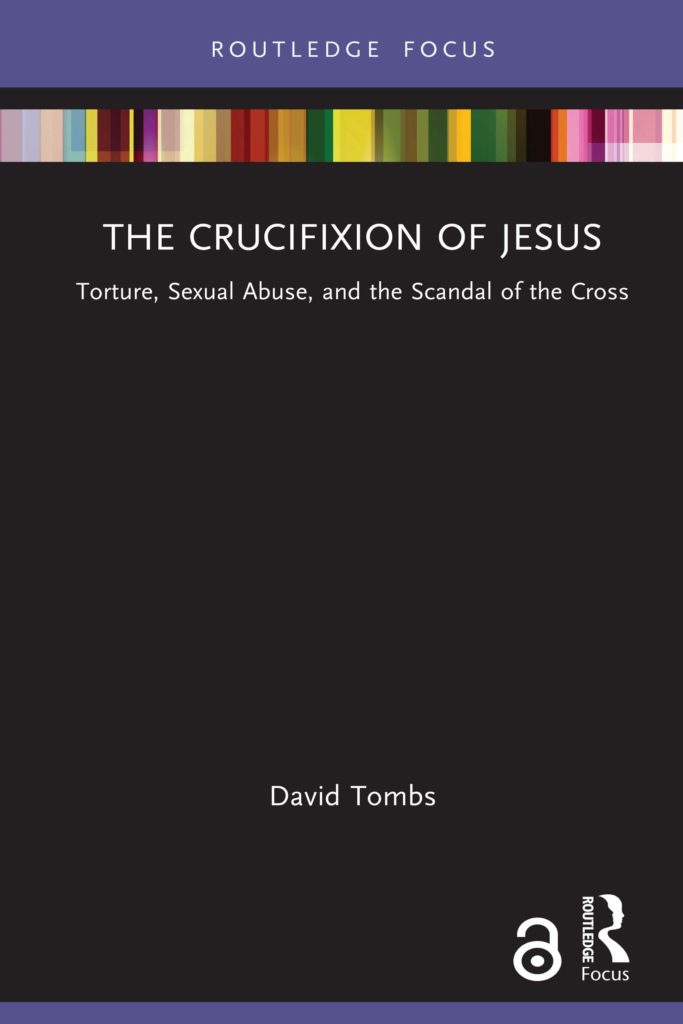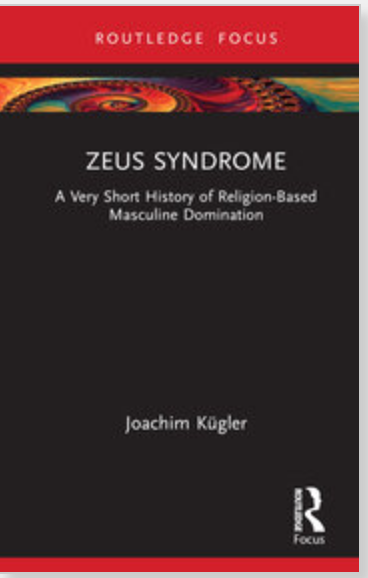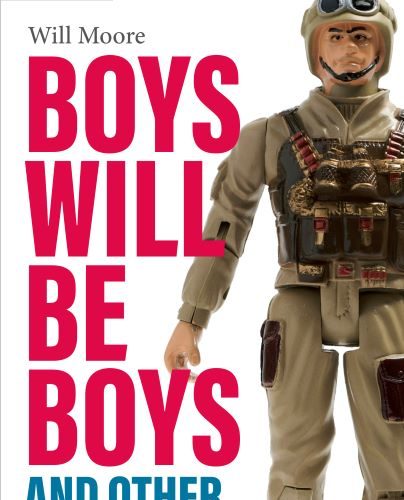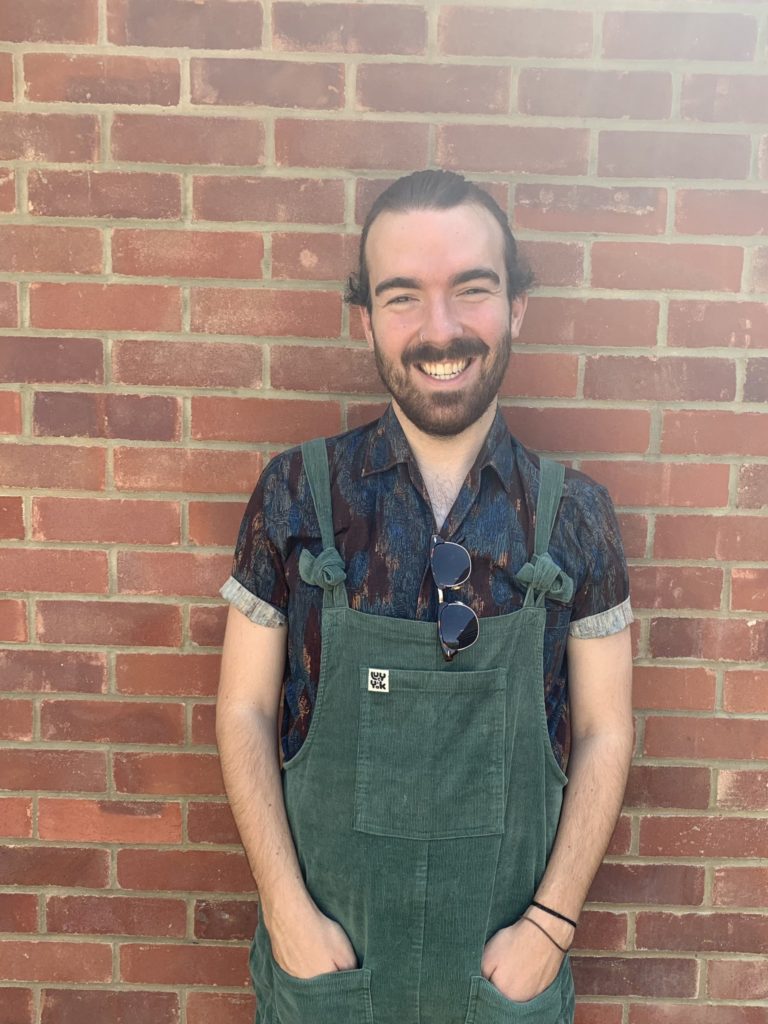The Routledge Focus series Rape Culture, Religion and the Bible is thriving and now has twelve published volumes, with several more in production and under contract.
Each compact volume is focused on a concise topic and no more than 50,000 words in length. The volumes are becoming widely used in teaching settings and reading groups.
Over the next few weeks, to celebrate, we will profile some of the authors and volumes – and match faces with names and books authored 🙂
Thank you to Saima Afzal for creating the collage of authors and books!



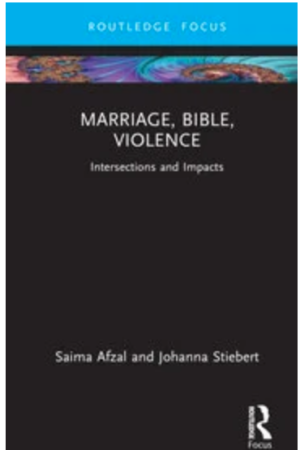



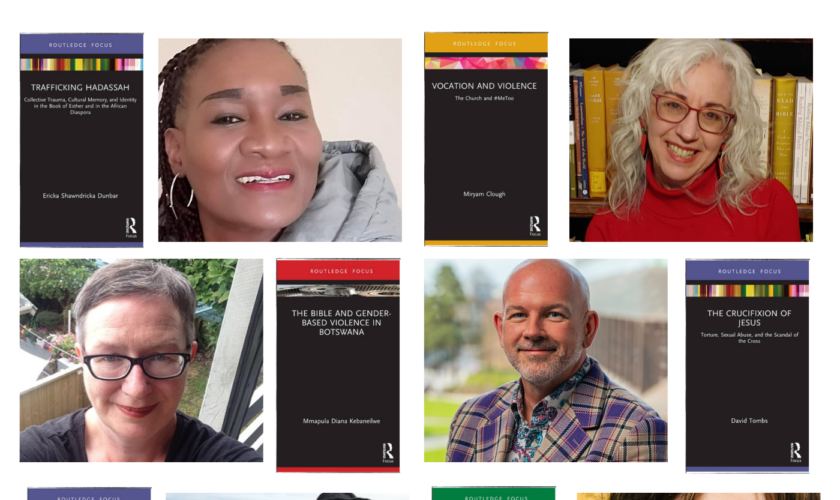
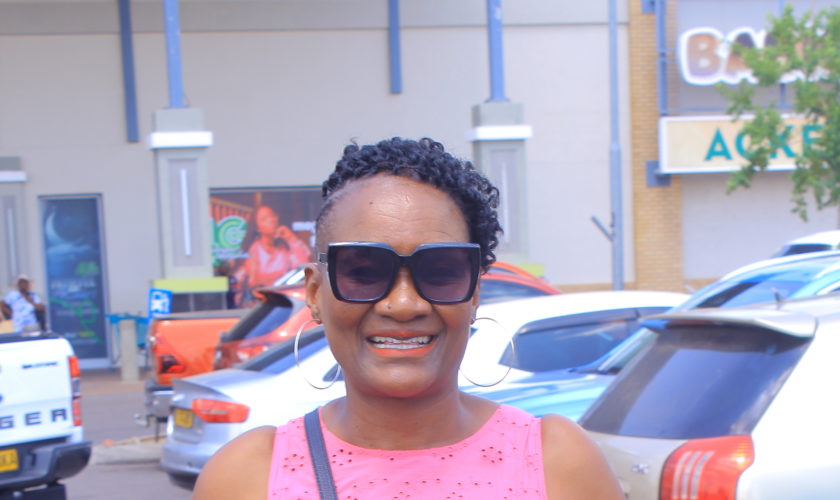

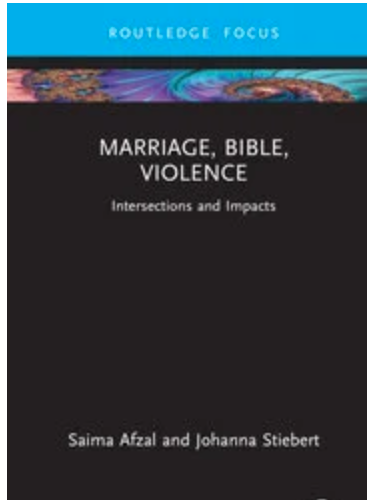
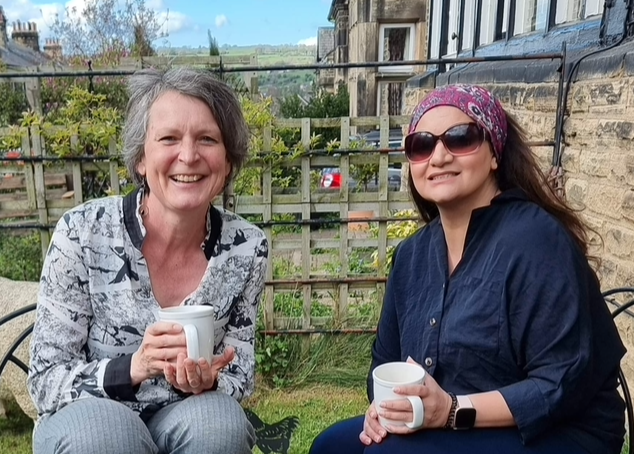
![Saima and Johanna [2]](https://www.shilohproject.blog/wp-content/uploads/2023/08/Screenshot-2023-08-15-at-12.15.33.png)
